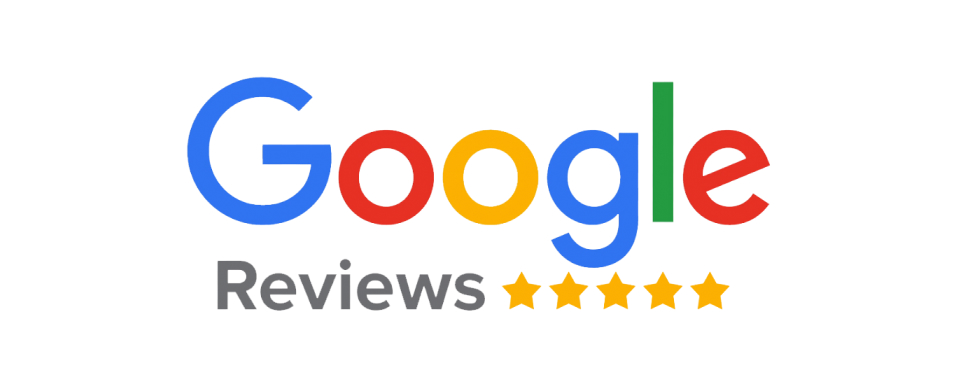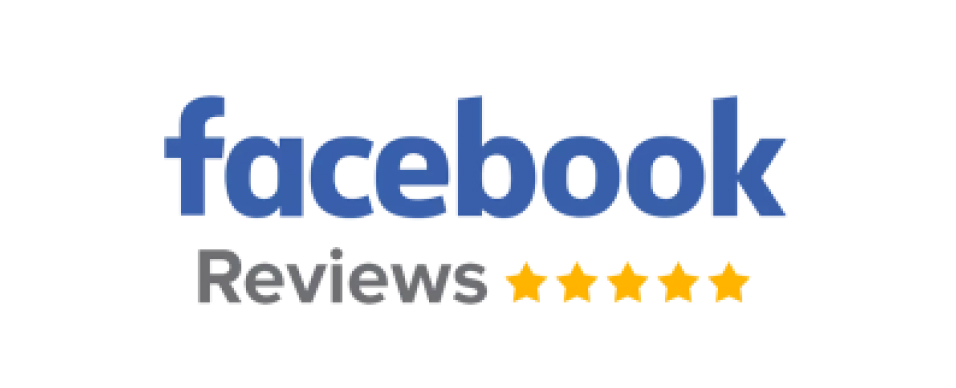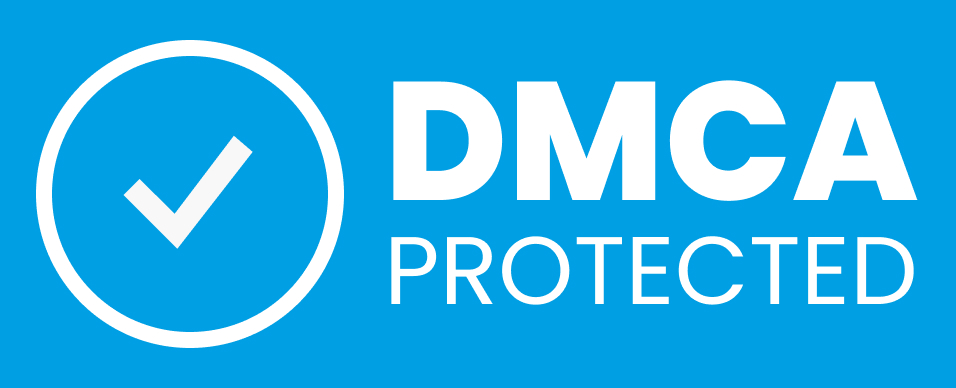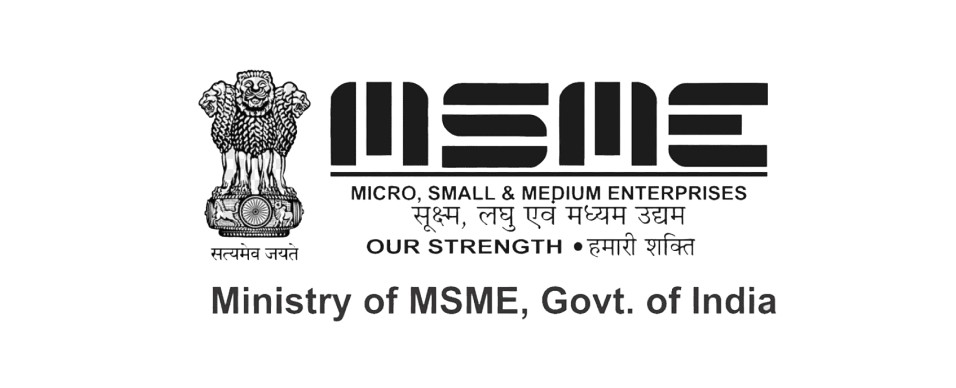It is important for website owners to understand how search engine optimization (SEO) works and the role that canonical link elements play. If you have ever asked yourself what a canonical link element is and how it impacts SEO, you are in the right place. In this blog post, we will explain everything you need to know about canonical link elements and how they can help improve your website’s SEO ranking. Read on to learn more about canonical link elements and their importance to SEO.
The definition of a canonical link element
A canonical link element, also known as a “canonical tag”, is an HTML element that tells search engines which page is the primary or canonical version of a web page. This tag allows search engines to identify duplicate content and helps them to avoid penalties for including multiple copies of the same content on their websites. Canonical link elements are used to ensure that the correct version of the content is indexed and given preference by search engines.
When used correctly, a canonical link element can help improve your SEO efforts. By specifying a single version of a page for search engine crawlers, you are telling them which version to prioritize and helping them avoid including multiple copies of the same content on their website. Canonical link elements also help prevent penalties from search engines for duplicate content. This ensures that your website is properly optimized and gets the best possible ranking in search results.
Why canonical link elements are important for SEO
Canonical link elements are important for SEO because they tell search engines which page is the preferred version of a group of pages with the same or similar content. Without the canonical link element, search engine crawlers can get confused and index duplicate pages which can cause problems with rankings.
Having a canonical link element helps ensure that all of the content from a website gets indexed correctly and that only one version of a page is being indexed, rather than several different versions. By making sure that only one version of a page is being indexed, it prevents the possibility of keyword cannibalization and boosts the chances of getting better rankings for the preferred version.
Additionally, the canonical link element can help you identify any problems with duplicate content and be proactive in resolving them. This not only helps improve your website’s overall ranking, but also provides a better user experience since visitors will be able to find the correct page quickly and easily.
In short, canonical link elements are incredibly important for SEO because they help make sure that only one version of a page is being indexed and that all of your website’s content is getting indexed correctly. This in turn can help boost your website’s rankings and provide a better user experience.
How to use canonical link elements on your website
Canonical link elements are essential for SEO, so you must use them correctly in order to maximize their benefits. To do this, there are a few steps you need to take:
1. Identify which pages should have the same content
The first step is to identify which pages of your website should have the same content. This includes pages with different URLs but the same content (e.g. sorting options on a page) as well as multiple versions of the same page (e.g. an HTML and a PDF version).
2. Add the canonical link element
Once you’ve identified which pages should have the same content, you can add the canonical link element to the head section of the HTML code for each page. The canonical link element should include the URL of the original source page that contains the content you want to reference. This will tell search engine crawlers which page is the source of your content and should be indexed by search engines.
3. Verify that it works correctly
After adding the canonical link element to each page, you should verify that it is working correctly. To do this, you can use a tool such as Google’s Structured Data Testing Tool to make sure that all your pages are pointing to the right source page.
By following these steps, you can ensure that you’re using canonical link elements correctly on your website and getting all the SEO benefits they provide.
The benefits of using canonical link elements
1)Duplicate Content Prevention: Duplicate content can hurt your search engine rankings and create confusion for your users. Canonical link elements help prevent duplicate content by indicating the preferred version of a page.
2)Improved SEO: By indicating the preferred version of a page, canonical link elements can help consolidate link equity and prevent dilution of your SEO efforts.
3)Better User Experience: By consolidating similar pages into one canonical version, you can improve the user experience by reducing clutter and making it easier for users to find what they are looking for.
4)Increased Crawl Efficiency: Canonical link elements can help search engines crawl your site more efficiently by indicating which pages are duplicates or variations of a single canonical page.
5)Increased Page Speed: By consolidating similar pages into one canonical version, you can reduce the number of pages that need to be loaded, which can help improve your site’s page speed and load times.
6)Easier Site Management: Canonical link elements make it easier to manage your site by reducing the number of duplicate pages that need to be maintained and updated. This can help reduce errors and save time in the long run.






